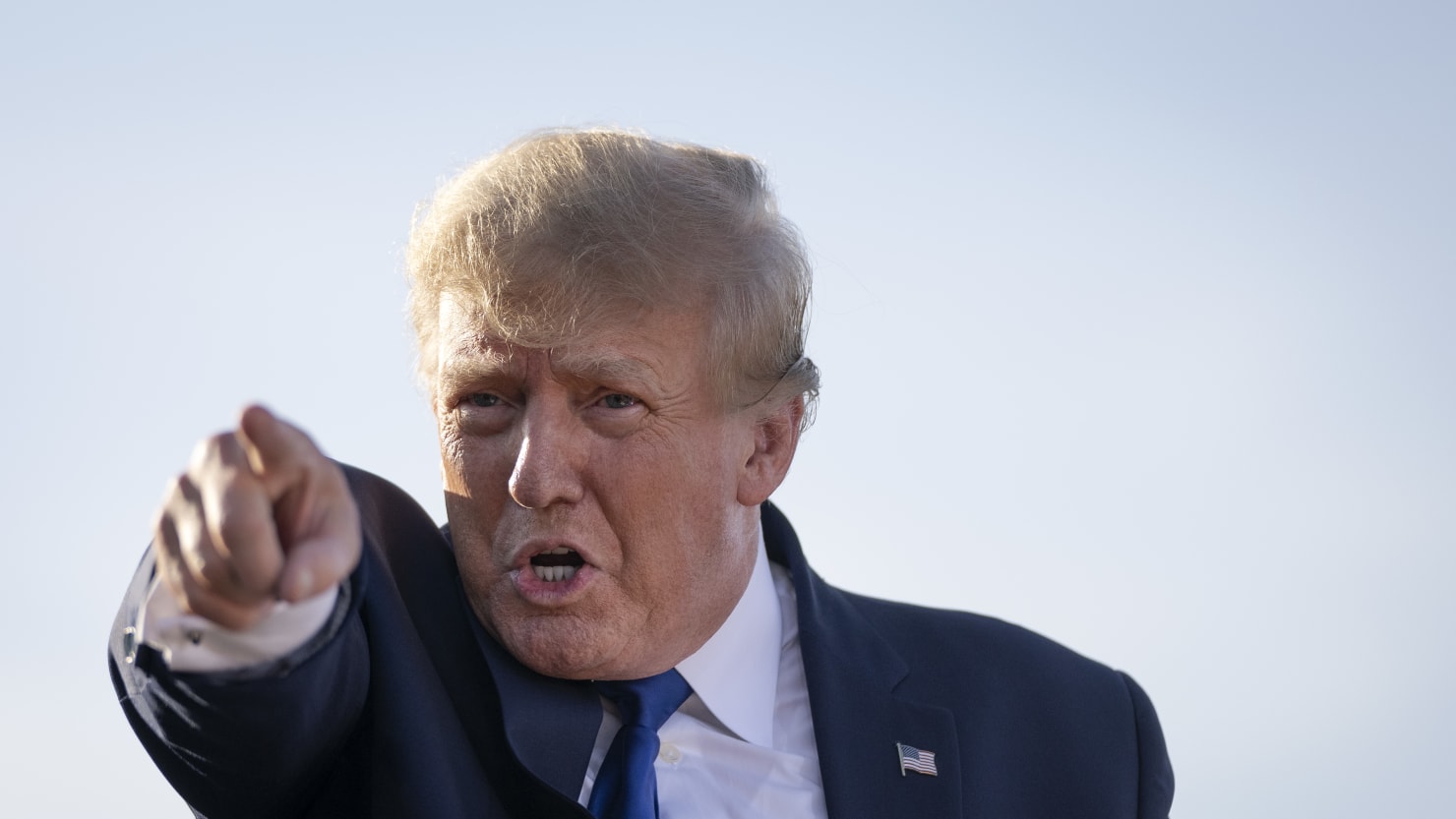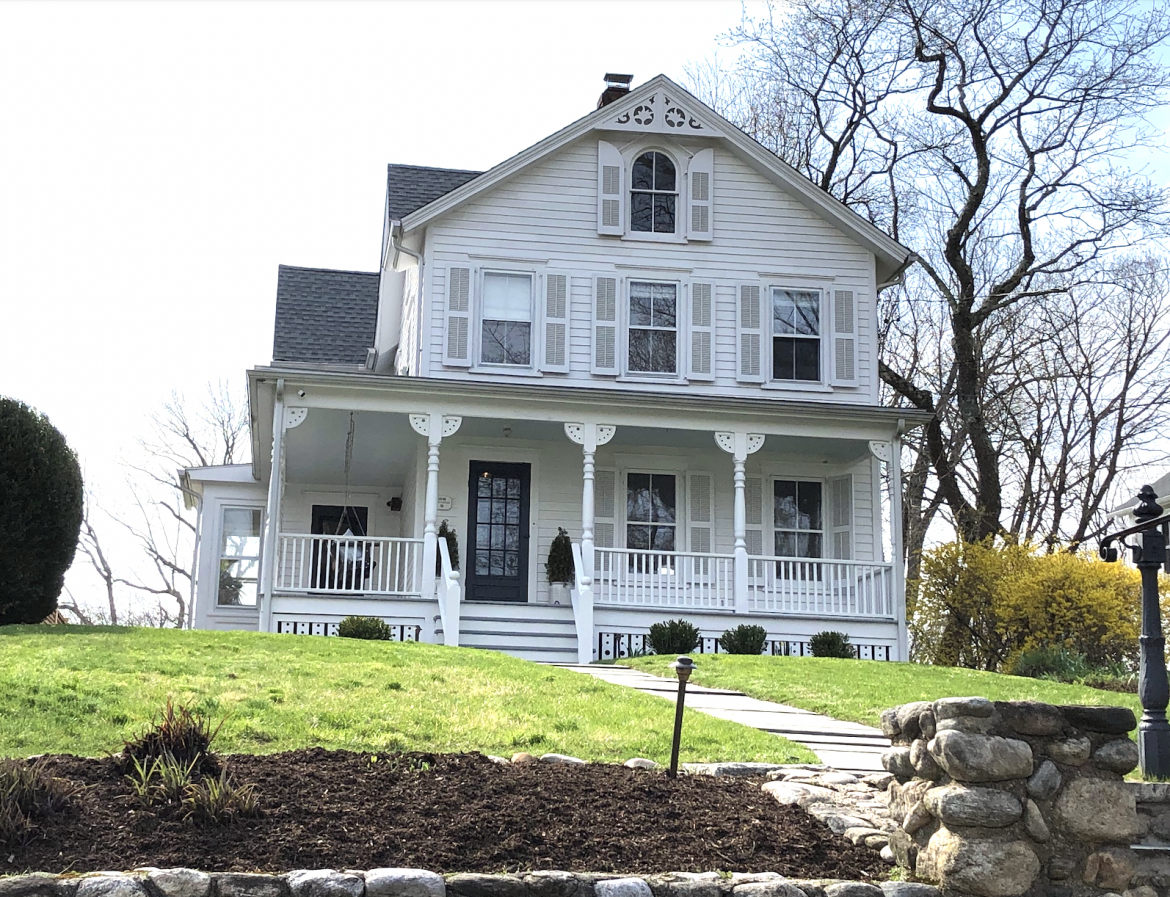A New York judge has determined that Cushman & Wakefield, one of the world’s largest real estate companies, broke its own rules to appease the Trump Organization and the former US president’s chronic practice of inflating the value of its properties.
Judge Arthur F. Engoron’s startling claims were included in his court order on Wednesday, in which he formally ordered Cushman & Wakefield to turn over documents to the New York Attorney General’s office.
New York Attorney General Letitia James is investigating the Trump Organization over what prosecutors have determined to be a long-standing pattern of overstating the value of golf resorts and buildings in California and New York, in as part of a scheme to commit bank and insurance fraud.
In his order, the judge said he personally reviewed sensitive documents in the privacy of his courtroom that indicate Cushman & Wakefield employees played along – a damning revelation that could open up the global company on charges of conspiracy with the Trump Organization.
“This court reviewed numerous documents behind closed doors demonstrating that C&W was inconsistent in adhering to its internal quality control practices when conducting reviews on behalf of the Trump Organization,” it said. -he writes.
Enforcing the AG’s subpoenas, Engoron’s court order adds key support to the New York investigation, which is heating up in what could be the final stages of the investigation. At the end of the investigation, James will be able to sue the Trump Organization and others for violating state business laws, and seek to permanently shut them down and seek damages.
“It is the OAG’s responsibility to investigate C&W’s assessments to determine whether C&W has appropriately and accurately disclosed to regulators and other governmental authorities whether its internal quality controls were followed,” Engoron added.
Sawnie A. McEntire, a Texas attorney representing the real estate services company, did not immediately respond to a request for comment.
In its multi-year investigation, the AG’s office has already amassed hundreds of thousands of documents that describe how Trump valued his Trump Tower skyscraper on New York’s Fifth Avenue, his private golf club, and his wooded estate of Seven Springs north of the city, and its other golf club near Los Angeles.
Some of the evidence released by James in January exposed Trump’s ridiculous efforts to inflate the value of his properties, including a case in which he lied by simply tripling the size of his already massive three-story Trump penthouse. Tower. The twice-deposed former president’s company has repeatedly turned to Cushman & Wakefield to assess the value of these properties.
Investigators say they need further evidence from Cushman & Wakefield to see if the company played fast and loose with other customers. The company backtracked, saying that handing over this kind of proprietary data to law enforcement would violate the company’s right to keep it secret.
In court on Monday, attorneys for the AG detailed how their investigators caught Cushman & Wakefield employees lying in a way that would benefit the Trump Organization.
Assistant Attorney General Austin Thompson explained how the firm’s evaluators routinely abdicated their responsibilities and simply failed to do whatever the Trump Company and its outside attorney, Sheri Dillon, wanted of them. He cited two cases in Los Angeles and Seven Springs when appraisers claimed to have created value appraisals that took into account expected real estate development timelines, except that appraisers just filled in the blanks as they were told.
“In both cases, a Cushman evaluator appears to have made up the development timeline and falsely attributed it to someone else,” Thompson said in court Monday.
Thompson said when investigators demanded the necessary documents from the company, the company responded in an “uncompromising and incalcitant” manner – handing over documents without any explanation or context, leaving the lawyers with no idea of the how to sort the evidence.




